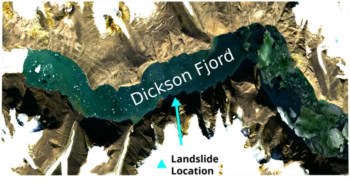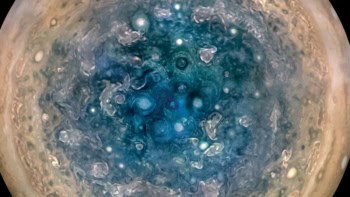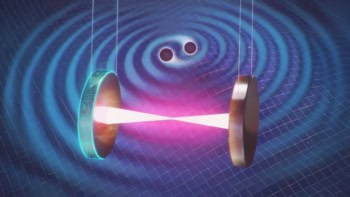
NASA’s Lunar Crater Observation and Sensing Satellite (LCROSS) smashed into the Moon today as planned.
At 07:31 EDT, its 2200 kg Centaur rocket was first to collide, kicking debris high above the lunar surface. A few minutes later, a second “shepherding” spacecraft – that will be used to collect scientific data – also collided with the surface.
NASA’s mission control has confirmed the thermal signature of impact and predict that imaging and spectroscopic data will be returned to Earth within the next few hours.
The $80m unmanned mission is searching for water, salts, hydrocarbons and other signatures of habitable conditions in the lunar surface.
The impact site was a 98 km wide crater called Cabeus near the Moon’s south pole, chosen because scientists have predicted that large quantities of water-ice could exist in these lunar “shadow-lands”.
LCROSS is part of a dual mission launched on 19 June this year that aims to shed new light on the Moon. Its sister rocket, NASA’s Lunar Reconnaissance Orbiter (LRO), has been orbiting the Moon to produce maps of its surface with the highest resolution yet.
The missions are important precursors to NASA’s Constellation programme, which aims to send astronauts to the Moon and to create a lunar outpost as a stepping stone for a trip to Mars. As well as determining if water or other useful substances can be found on the Moon, the missions could help identify possible sites where a future manned mission could land.



